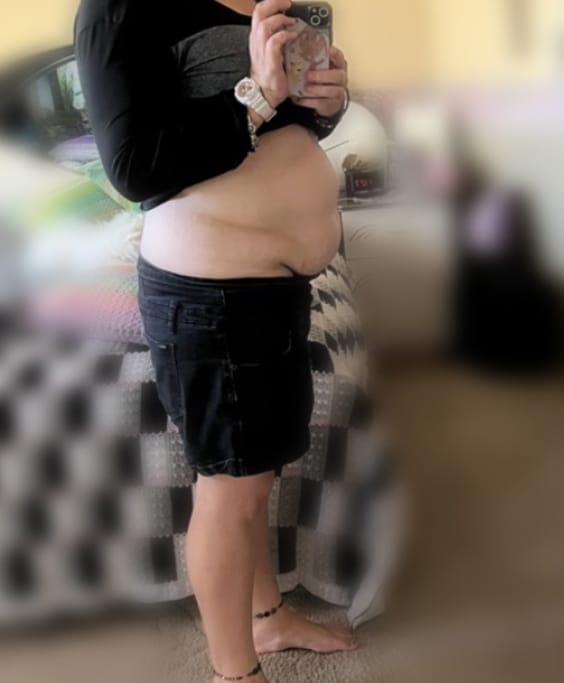
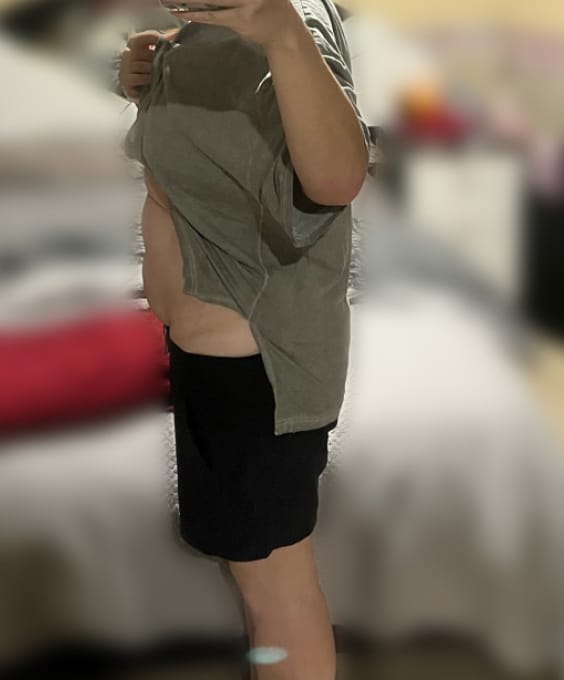

Body fat percentage is a metric that measures the proportion of fat in a person's body compared to lean tissue, and it is crucial in assessing one's risk of developing diseases. While body mass index (BMI) is a commonly used method to determine weight and health status, other methods such as skin calipers, bone density scans and DEXA scans are more accurate in calculating body fat percentage.
Body fat percentage measures fat relative to body weight. When figuring out What's the best exercise to lose fat around your belly? and how to lose fat, people have the question, ‘How is body fat percentage calculated?’ as they also wish to keep track of their progress.
Body fat percentage can be calculated in various ways. Most people use the body mass index (BMI), particularly a BMI calculator. Other methods include the skinfold method, bioelectrical impedance analysis, and hydrostatic weighing.[1]
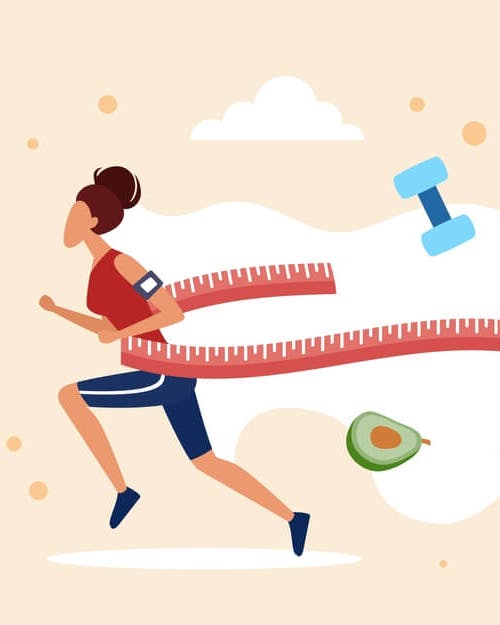
A bathroom scale may show how much you weigh, but that’s not the complete picture. In preventing obesity and other weight-related issues, it is important to watch how much fat one has compared to lean tissue. That’s where body fat percentage, or fat relative to body weight, functions as helpful information.
With our weight care programs at Mosh, we look at the big picture: everything that affects your weight, not just what you eat. Along the way, there are consultations with an AHPRA-registered doctor to make sure everything is tailored to your needs. When appropriate for your situation, your Mosh doctor may recommend meal replacement shakes, medical weight loss treatments, or diet coaching solutions.
There are other methods besides stepping on a scale to assess someone’s level of fitness. BMI and body fat percentage are two metrics that are used to assess a person’s level of fitness and risk for diseases like diabetes and heart disease.
But when you ask ‘How is body fat percentage calculated?’ you may also wonder how these two metrics differ from one another. Let’s look at it more.


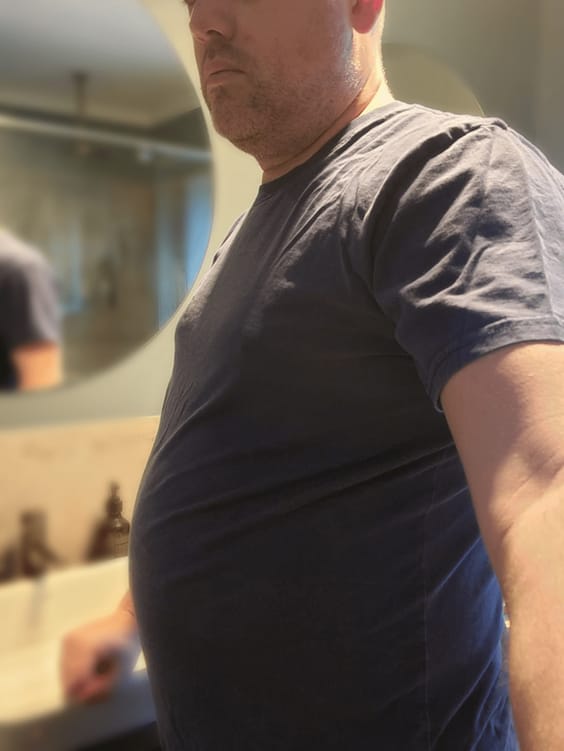
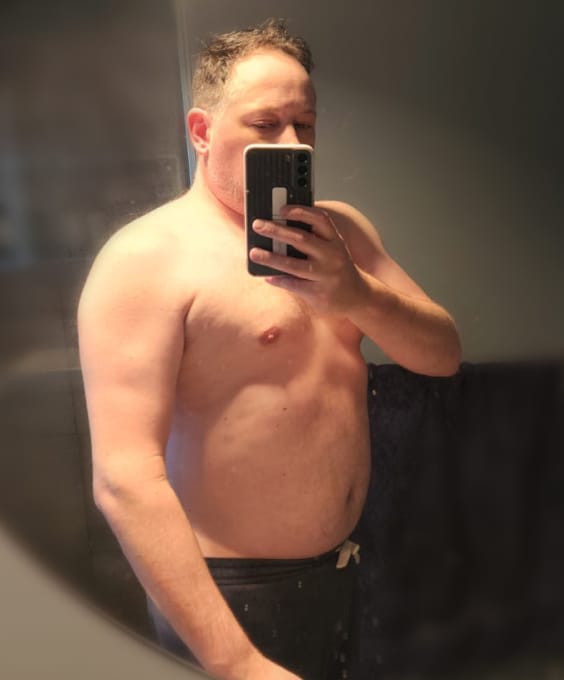
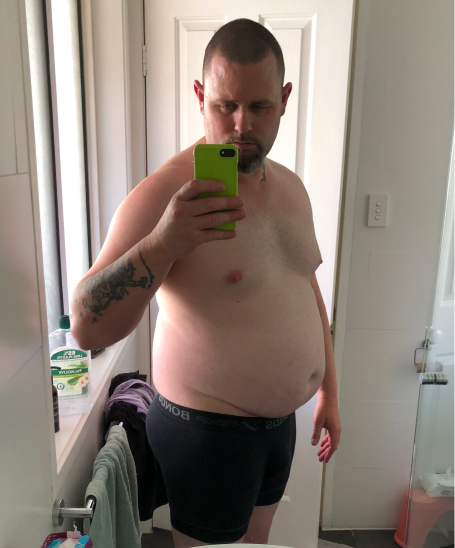
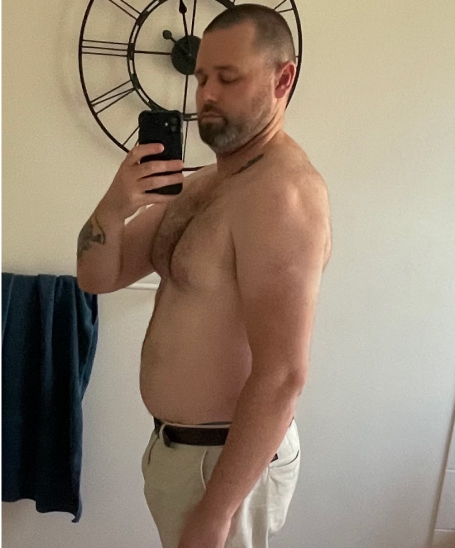

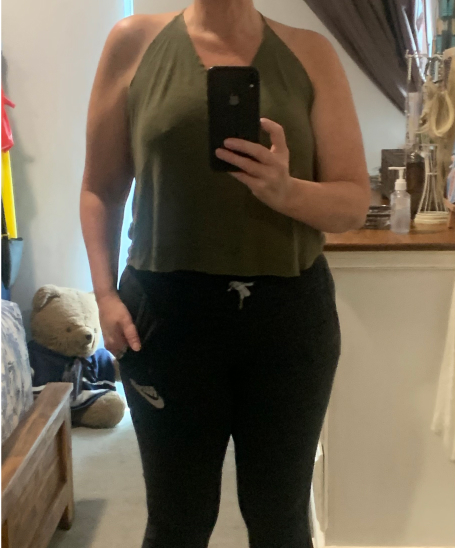
Measuring your BMI is a good way to figure out if your weight is ideal for your height. Knowing your BMI can help you and your doctor figure out if you have any health risks if your score is not in the healthy range. A BMI calculator is an easy-to-understand and extensively used method for measuring body fat percentage.
To calculate your BMI, simply divide your weight in kilograms by the square of your height in metres. If you want to get even more specific views on the results, you can use this list to find your range:[2]
Being overweight increases the risk of developing several different chronic illnesses including heart and blood vessel problems, type 2 diabetes, high blood pressure, musculoskeletal problems and cardiovascular disease.[3] Meanwhile, other health problems might arise as a consequence of being underweight, including the risk of malnutrition, osteoporosis, and anaemia.[4]
Although the BMI is not a perfect method for tracking essential fat loss,[5] it does give a general idea of whether you are gaining or losing fat.
Many people who are trying to lose weight use their BMI as a way of tracking their progress.[6] When you begin to lose weight, you may want to keep an eye on your BMI to make sure you aren’t losing too much too quickly. Once you get closer to your goal, you can use your BMI as a way of tracking if you’re maintaining your optimal body weight.
Mosh understands how important it is to take care of your weight, and that’s why we’re committed to making health advice more accessible and more normal. You can fill out our short online questionnaire, and our doctors will get back to you within twenty-four hours with personalised and science-backed recommendations. You can even ask ‘What is a healthy body fat percentage?’ or ‘How to lose body fat?’
A healthy body fat percentage – defined as the part of your total body weight that is made up of body fat in relation to lean mass, organs, tissues, and water – is important to have when assessing your risk of disease.[7]
Body fat percentage can be determined in a variety of ways, from using skin calipers to more sophisticated equipment like dual-energy X-ray absorptiometry or DEXA scans.[7] Knowing your body fat percentage makes it easier for you to identify if you need to focus on growing lean body mass or reducing fat mass, both of which reflect healthy body composition changes.[8]
It may be challenging to identify a single ‘optimal’ percentage because what may be excellent for one person may not be so for another.[9]
To help people understand how is body fat percentage calculated and where they stand in terms of their health, ranges are usually used. Figures can differ based on your source, and these may further depend on your age, sex, or other factors. For the American Council on Exercise (ACE), 18 to 24 per cent is regarded as acceptable for men, while 25 to 31 per cent is regarded as acceptable for women.[10]
To ask about the body fat percentage for your unique conditions or even questions like ‘Is body fat percentage accurate?’ you can talk to a Mosh doctor. Our platform is dedicated to helping you get the results that you want – the sooner, the better.
lthough there are several ways to determine body fat percentage, some are more precise than others. Your body fat percentage tells you much more about your health than just your weight, so it pays to check which ones are the most accurate. Common methods include:[10]
The most precise methods of determining body fat, such as hydrostatic weighing, Bod Pods, and CT/MRI scans, are more expensive and scarcer than alternative techniques. Calipers and other simple scales, on the other hand, run the danger of being inaccurate.[11] Depending on where you reside, DEXA may be the most reliable and accessible method of measuring body fat out of those discussed above.[11]
Body fat percentage can help you determine your fitness and nutrition improvement. To track your progress, consider recording your weight, body fat percentage, and measurements. You can even keep a journal to document everyday progress.
Talk to your Mosh doctor about a program that suits your weight care needs. Your doctor will review your concerns, condition, and even history to provide you with personalised advice. If appropriate, your doctor may recommend weight loss programs to help you lose weight. These may include weight loss shakes, which can be delivered to your doorstep and refilled as you need it.
If you are recommended our plans and opt to subscribe, you’ll even get access to weekly meal plan guides, a comprehensive dashboard, and a supportive community. You’ll also get unlimited free doctor’s consultations, so you’ll be able to update your doctor on your progress and make adjustments as needed.
If you have concerns regarding how to lose body fat, how to walk to lose weight, or how to reduce belly fat, you’ll be able to ask your doctor over text, call, or video chat.
Talk to a Mosh doctor whenever you’re ready.
Body fat percentage is calculated by measuring either the thickness of skinfolds, the circumferences of body parts, or by using bioelectrical impedance. These measurements are then applied to specific formulas that estimate the proportion of fat in your body. Advanced methods like DEXA scans offer even more accurate results.
True body fat percentage is typically determined through advanced techniques such as DEXA scans, hydrostatic weighing, or Bod Pod measurements. These methods directly assess body composition and reduce estimation errors common with simpler methods.
The timeline for reducing body fat by 3% depends on your starting point, caloric intake, exercise routine, and overall lifestyle. Generally, with a consistent caloric deficit and regular exercise, you might expect a reduction of 0.5% to 1% per month. Thus, a 3% reduction can take approximately 3 to 6 months.
For many men, 20% body fat appears as a relatively average, healthy physique with moderate muscle definition. Abdominal muscles may not be highly defined. For women, 20% body fat is low and is typically seen in elite athletes, showcasing a lean and very defined appearance. Visual results vary with genetics, muscle mass, and fat distribution.
The most common methods to measure body fat percentage include skinfold calipers, bioelectrical impedance analysis (BIA), hydrostatic weighing, DEXA scans, and body circumference measurements. Each method has its pros and cons in terms of accuracy, convenience, and cost.
Body fat scales, which use bioelectrical impedance, can provide a rough estimate of body fat percentage. However, they may not be as accurate as other methods due to factors like hydration levels and body water content. They're best used to track trends over time rather than for precise measurements.
You can use online body fat percentage calculators to get an estimate of your body fat. These calculators typically use body circumference measurements and your total body weight to estimate body fat. While not as accurate as professional methods, they can give you a general idea of your body fat level.
Healthy body fat percentages vary by age and gender. For men, 10-20% is generally considered healthy, while for women, it's 18-28%. However, athletes may have lower percentages, and some additional body fat is essential for proper bodily functions.
You can estimate your body fat at home using body circumference measurements and a body fat calculator. Measure areas like your waist, hips, and neck, then input these measurements along with your height and weight into a calculator. While not as accurate as professional methods, it's a simple way to track changes over time.
For most people, measuring body fat percentage once every 4-8 weeks is sufficient to track progress. More frequent measurements may not show significant changes and could lead to unnecessary stress. Remember that body fat percentage can fluctuate due to various factors, including hydration and hormonal changes.
Essential body fat is the minimum amount of fat necessary for basic physical and physiological health. It's found in organs, bone marrow, and nerves. Stored fat, on the other hand, is the excess fat in adipose tissue throughout the body. When we talk about reducing body fat, we're typically referring to lowering the amount of stored fat while maintaining essential body fat.
While body fat percentage can be a useful indicator of health, it shouldn't be the only measure. It's important to consider other factors like muscle mass, cardiovascular fitness, and overall lifestyle. Some people with low body fat percentages may not be healthy, while others with higher percentages might be fit and healthy. It's best to use body fat percentage as one of several tools to assess overall health.
Want to see how Mosh can help you?